В операционной системе Windows есть функция общего доступа к файлам. На одном компьютере можно настроить общую папку Windows, которая будет доступна всем компьютерам в локальной сети. Это реализуется с помощью протокола SMB, который имеет несколько версий. В Linux можно открывать и создавать общие папки с помощью Samba.
Сервер Samba поддерживает все версии протокола SMB. Однако могут возникнуть некоторые проблемы совместимости. В этой статье я расскажу, как получить доступ к общей папке Windows в Linux, используя популярные графические окружения рабочего стола и командную строку. Статья написана на основе Ubuntu 22.04 и Kubuntu 22.04, но должна быть актуальна и для других дистрибутивов.
Содержание статьи
Почему это может не работать?
В старых версиях дистрибутивов Linux и Windows 7 всё работало нормально, поскольку они использовали протокол SMB1. Однако потом произошло несколько изменений. В 2017 году появился вирус Wannacry, который эксплуатировал уязвимости в протоколе SMB1. В результате в современных версиях Windows поддержка SMB1 была отключена, и теперь по умолчанию используется SMB3. разработчики Samba также отключили поддержку SMB1, начиная с версии 4.11. Однако в SMB2 и SMB3 отсутствует поддержка обнаружения устройств в локальной сети.
В целом, в этом больше нет необходимости, поскольку существует протокол обнаружения сети под названием Zeroconf. В Linux используется его открытая реализация - Avahi. Серверы Linux и сетевые хранилища NAS могут анонсировать себя в локальной сети с помощью этого протокола. Таким образом, нет необходимости поддерживать эту функциональность в SMB. Однако в Microsoft решили использовать свой собственный протокол под названием WS-Discovery, и именно с этого начались проблемы.
На момент написания этой статьи в системе Linux есть проблемы с обнаружением общих ресурсов Windows в локальной сети. Файловый менеджер Nautilus в GNOME вообще не поддерживает WS-Discovery, а также нет готовых к использованию консольных утилит. Текущий статус реализации поддержки WS-Discovery можно отслеживать в этом обсуждении GVFS. Немного лучше ситуация обстоит с KDE, в 2020 году команда KDE добавила поддержку этого протокола в файловый менеджер Dolphin, используя kdsoap-ws-discovery-client.
Позже появилась программа для KDE под названием Smb4k, которая может обнаруживать сетевые ресурсы с помощью Avahi и протокола WS-Discovery, но её нужно компилировать со специальной опцией. Таким образом, в GNOME открыть общую папку Windows можно только зная IP-адрес компьютера, на котором она находится. В то время как в KDE делать это немного удобнее.
Общий доступ к сетевой папке Windows в Linux
Настройка общей папки в Windows
Раньше достаточно было просто открыть Проводник и включить там общий доступ к файлам. Но теперь это больше не работает. Сначала нужно сделать вашу текущую сеть приватной в Windows. По умолчанию только приватные сети считаются безопасными, и компьютеры с Windows могут быть обнаружены только в них. Для этого откройте Параметры -> Сеть и Интернет -> Ethernet и выберите Тип сетевого профиля -> Приватная сеть:
Если ваша текущая сеть беспроводная, нужно сделать то же самое. Затем вернитесь назад и выберите Дополнительные параметры общего доступа. В этом окне включите Сетевое обнаружение и Общий доступ к файлам и принтерам:
Наконец, нужно убедиться, что брандмауэр настроен правильно и разрешает SMB-подключения. Для этого вернитесь в главное меню Параметры, затем откройте Конфиденциальность и безопасность -> Брандмауэр и защита сети. Нажмите на Разрешить приложение через брандмауэр:
Убедитесь, что Общий доступ к файлам и принтерам и Сетевое обнаружение включены для Приватных сетей:
Готово. Теперь можно перейти к вашей системе Linux.
Поиск общих ресурсов в терминале Linux
Хотя для работы с WS-Discovery нет инструментов командной строки, вы можете попробовать найти устройства с общими ресурсами с помощью Nmap. Эта программа не может искать ресурсы так, как это делает Avahi, но она может помочь найти IP-адреса с открытым портом 445. Этот порт используется протоколом SMB. Для этого вам нужно установить следующие пакеты (Ubuntu):
sudo apt install nmap smbclient
Или Fedora:
sudo dnf install nmap samba-client
Также вам нужно определить диапазон IP-адресов вашей локальной сети. Вы можете взять ваш IP-адрес и маску и просто заменить четвертую цифру на ноль. Например:
ip -br a
Команда для поиска будет выглядеть следующим образом. Замените 192.168.124.0/24 на диапазон адресов вашей локальной сети и выполните её в окне терминала с правами sudo:
nmap -p 445 --open -n -Pn 192.168.124.0/24
Опция -p указывает порт 445, опция -Pn отключает обнаружение по ICMP и считает все IP-адреса активными, -n отключает разрешение DNS-имён хостов. Выполнение команды может занять некоторое время, но в результате она найдёт хосты с открытым портом 445, если такие хосты существуют в вашей локальной сети:
Это нельзя считать полноценным обнаружением сетевых ресурсов, но этот метод работает. Теперь вы можете использовать smbclient, чтобы увидеть, какие общие папки есть на найденном сервере. Например:
smbclient -L \192.168.124.63
Команда запросит у вас пароль для доступа к общему ресурсу. Обычно это пароль вашего пользователя Windows, после чего будут показаны все доступные общие папки:
Теперь давайте посмотрим, как эти папки монтировать.
Открытие общей папки в KDE Dolphin
Чтобы открыть общую папку в KDE, вы можете использовать файловый менеджер Dolphin. Как я упоминал ранее, здесь вы можете увидеть все доступные компьютеры с сетевыми дисками в локальной сети. Для этого запустите Dolphin, затем откройте Сеть, а затем Общие папки (SMB):
Нажмите на один из ресурсов и введите имя пользователя и пароль для просмотра доступных папок:
Вот так выглядят общие папки из Windows 11. Здесь вы можете найти файлы Windows:
Если сетевое обнаружение в вашем случае не работает, вы всё равно можете ввести IP-адрес ресурса в текстовое поле в верхней части окна и подключиться к нему. Например, smb://192.168.124.63/
Открытие общей папки в GNOME Nautilus
Если вы хотите подключиться к общей папке Windows через графический интерфейс GNOME, вы можете использовать файловый менеджер Nautilus. Откройте Другие места и найдите внизу окна надпись Подключиться к серверу и поле для ввода адреса.
Нет смысла открывать пункт Сеть Windows, поскольку GVFS, используемый в GNOME для монтирования дисков, не поддерживает протокол WS-Discovery. Чтобы подключиться к удаленному общему ресурсу Windows, расположенному на сервере с IP 192.168.124.63, введите этот адрес и нажмите кнопку Подключиться:
smb://192.168.124.63
В следующем окне необходимо ввести пароль, после чего вы сможете просматривать файлы общей папки:
После этого вы сможете просматривать ваши папки Windows.
Кроме того, вы можете использовать ярлык в сайдбаре Natulius для доступа к уже подключенному удаленному ресурсу.
Монтирование общей папки в терминале
Если вы хотите смонтировать общий ресурс Windows с помощью терминала, вы можете использовать cifs-utils и команду mount. Сначала установите пакет cifs-utils. Команда для Ubuntu:
sudo apt install cifs-utils
В Fedora:
sudo dnf install cifs-utils
Теперь вы можете выполнить команду mount, указав тип файловой системы cifs и параметр username. Обратите внимание, что нельзя монтировать корень общего ресурса cifs, необходимо добавить какую-либо папку в путь. Например, Users на 192.168.124.63:
sudo mount -t cifs -o username=losst //192.168.124.63/Users /mnt/
Если вы хотите иметь доступ на запись к общей папке Windows, необходимо добавить параметр uid с идентификатором вашего пользователя. Для первого пользователя это обычно 1000:
sudo mount -t cifs -o username=losst,uid=1000 //192.168.124.63/Users /mnt/
Вы можете посмотреть идентификатор текущего пользователя в переменной окружения UID:
echo $UID
Если вы хотите автоматически монтировать общий ресурс при запуске системы, необходимо сохранить имя пользователя и пароль в файле учетных данных, например, /etc/share/windows-credentials. К примеру:
sudo mkdir -p /etc/share/
username=losst
password=password
domain=workgroup
И затем добавьте следующую строку в файл /etc/fstab:
//192.168.124.63/Users /mnt/share cifs credentials=/etc/share/windows-credentials,uid=1000,nofail 0 0
Параметр nofail необходим, чтобы позволить компьютеру загружаться, даже если удаленная папка не может быть смонтирована. После этого перезагрузите настройки systemd:
sudo systemctl daemon-reload
Создайте директорию точки монтирования:
sudo mkdir -p /mnt/share
Вы можете проверить работоспособность с помощью следующей команды:
sudo mount /mnt/share
Если все в порядке, вы сможете увидеть содержимое смонтированного общего ресурса в папке /mnt/share:
Выводы
В этой статье мы рассмотрели, как подключить сетевую папку Windows в Linux, используя графический интерфейс или терминал. Несмотря на некоторые сложности, этот способ может быть довольно эффективным. Знаете ли вы другие приложения или скрипты, которые могут помочь в этом? Поделитесь их названиями в комментариях ниже.

Anubis – это максимально легкое open-source решение, созданное специально для защиты небольших веб-ресурсов от бесконечного потока запросов от ботов и AI парсеров. Этот инструмент можно считать "ядерным вариантом", потому что он заставляет ботов выполнять вычисления похожие на майнинг криптовалюты. Но это неплохая альтернатива для тех, кто не может или не хочет использовать Cloudflare. Посмотреть детали

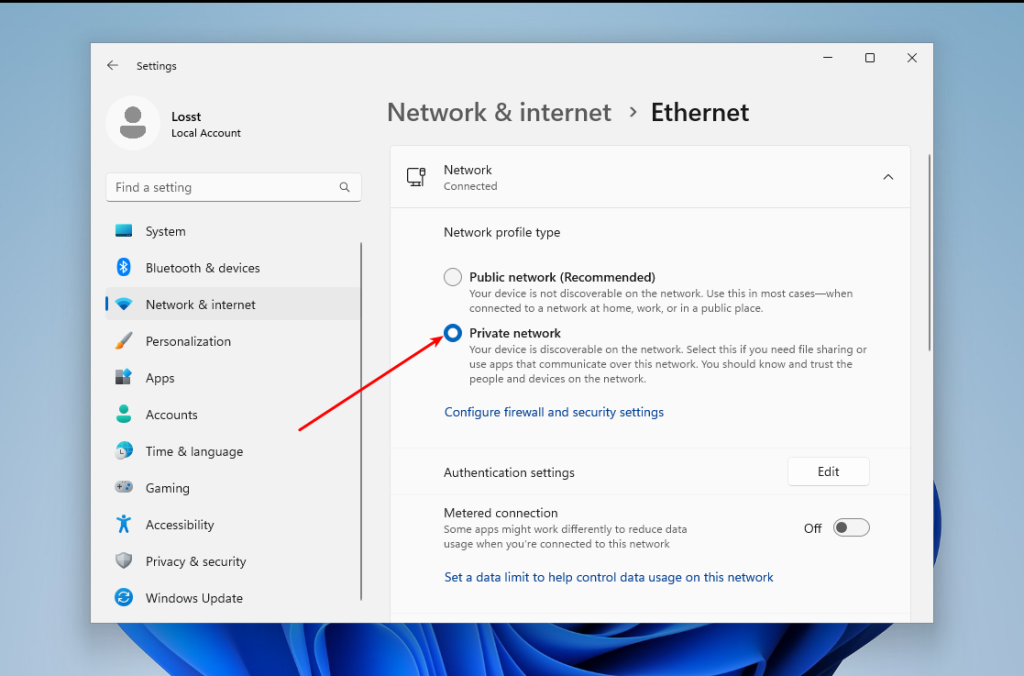
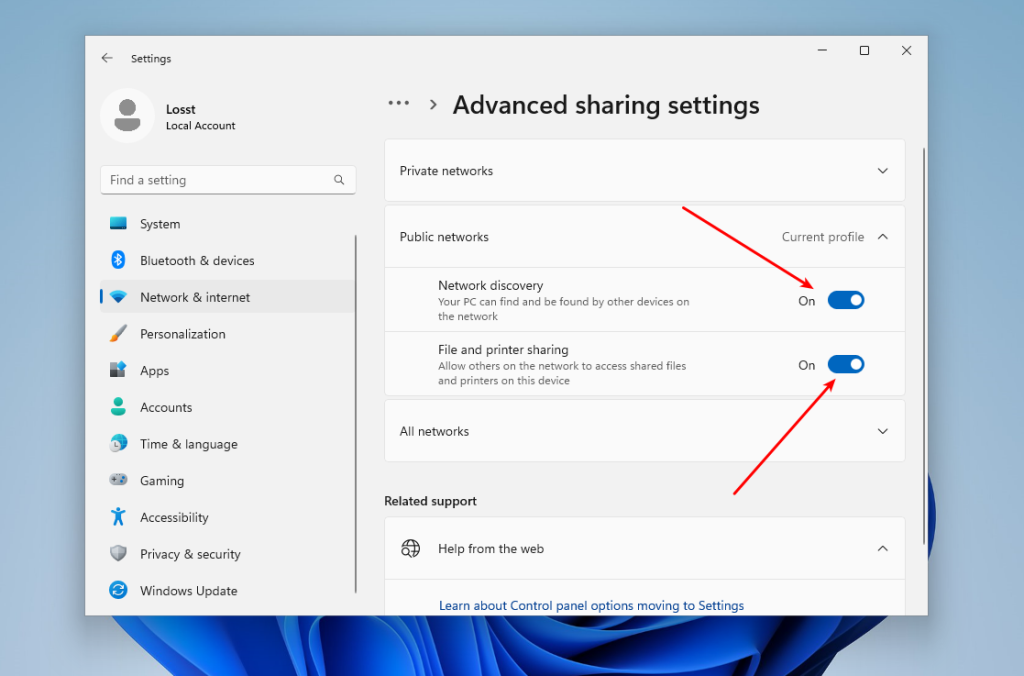
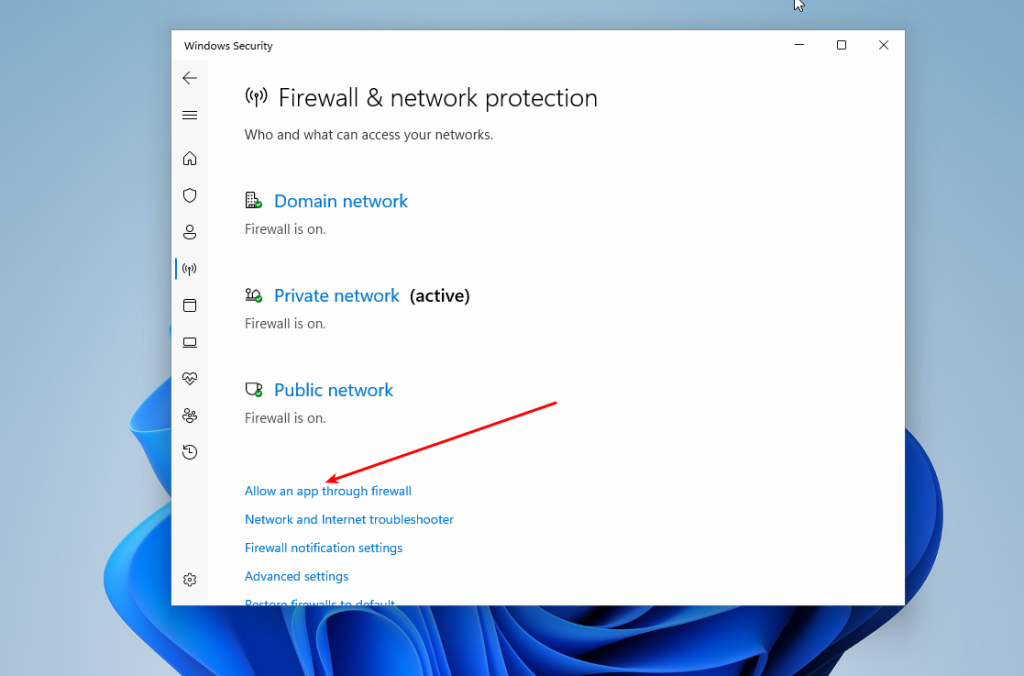
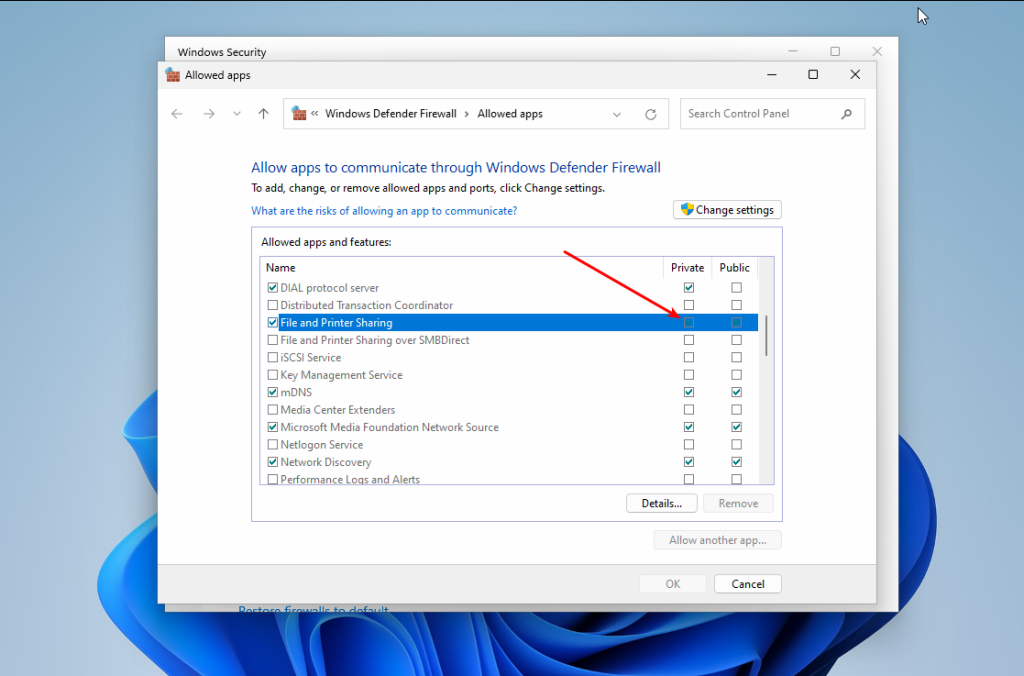
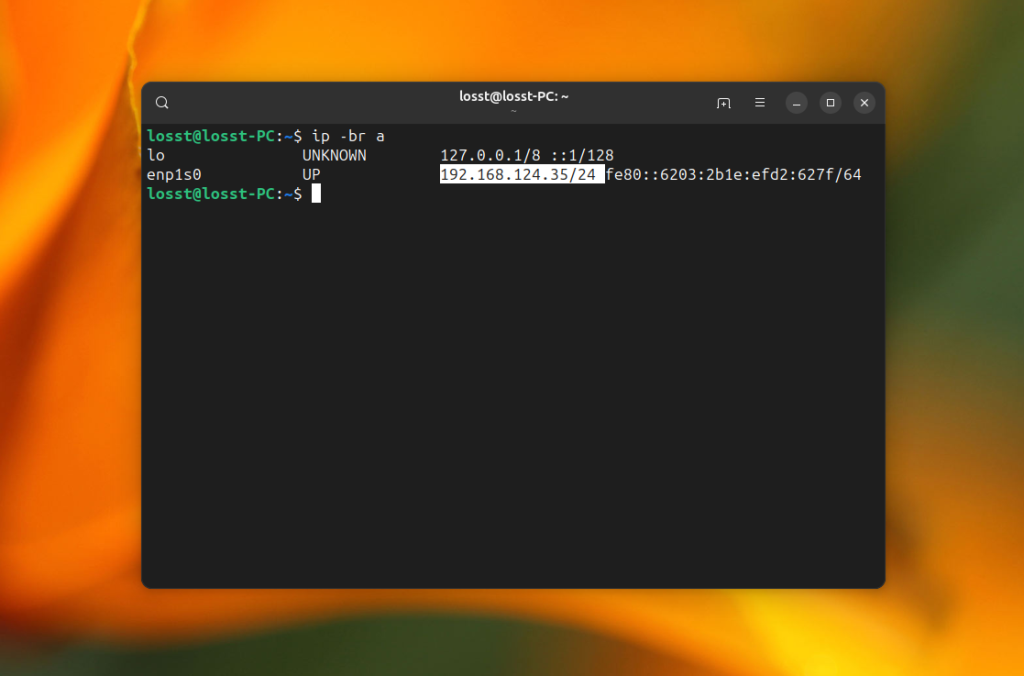
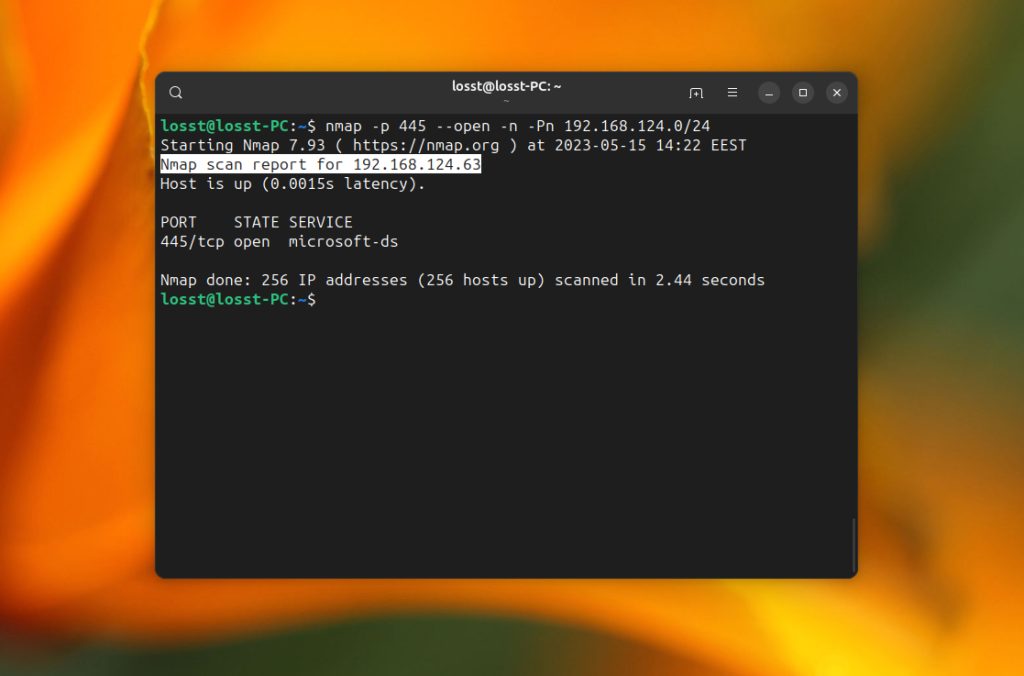
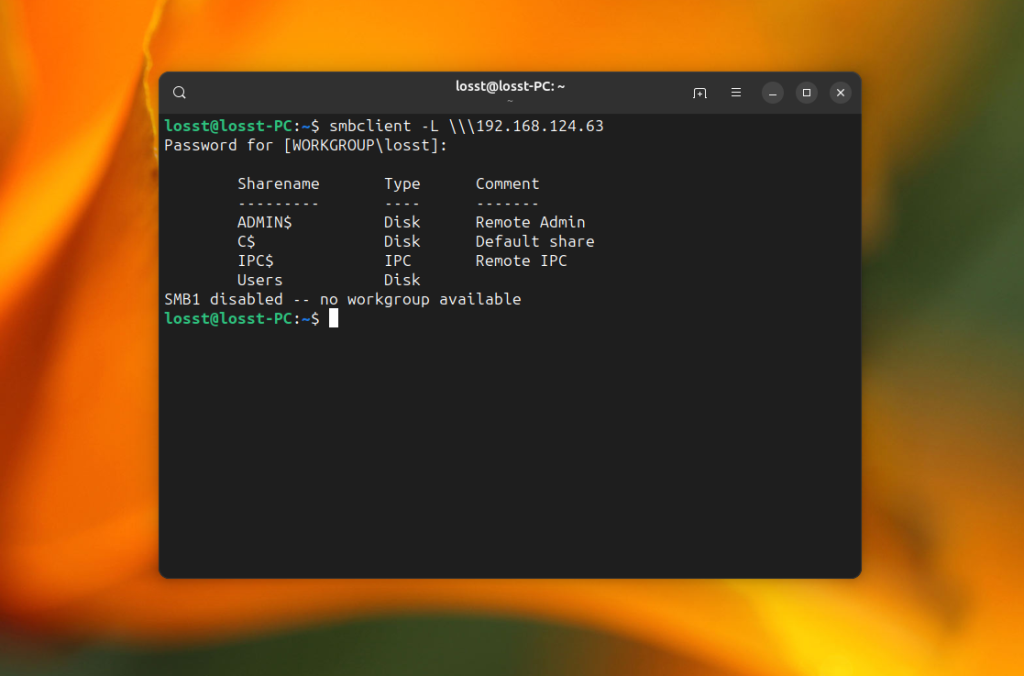
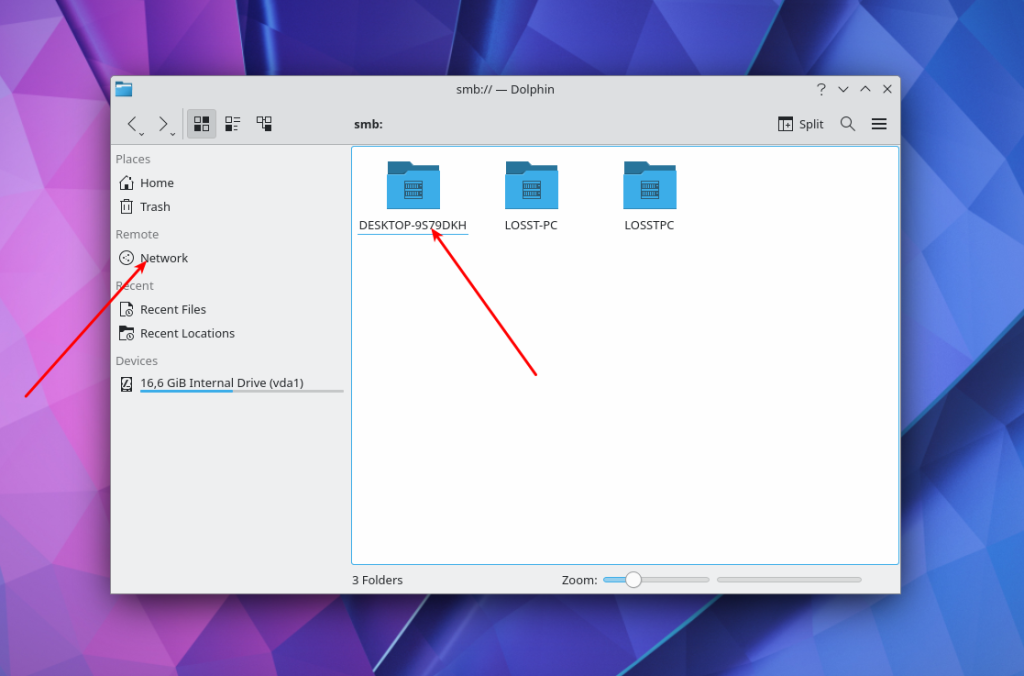
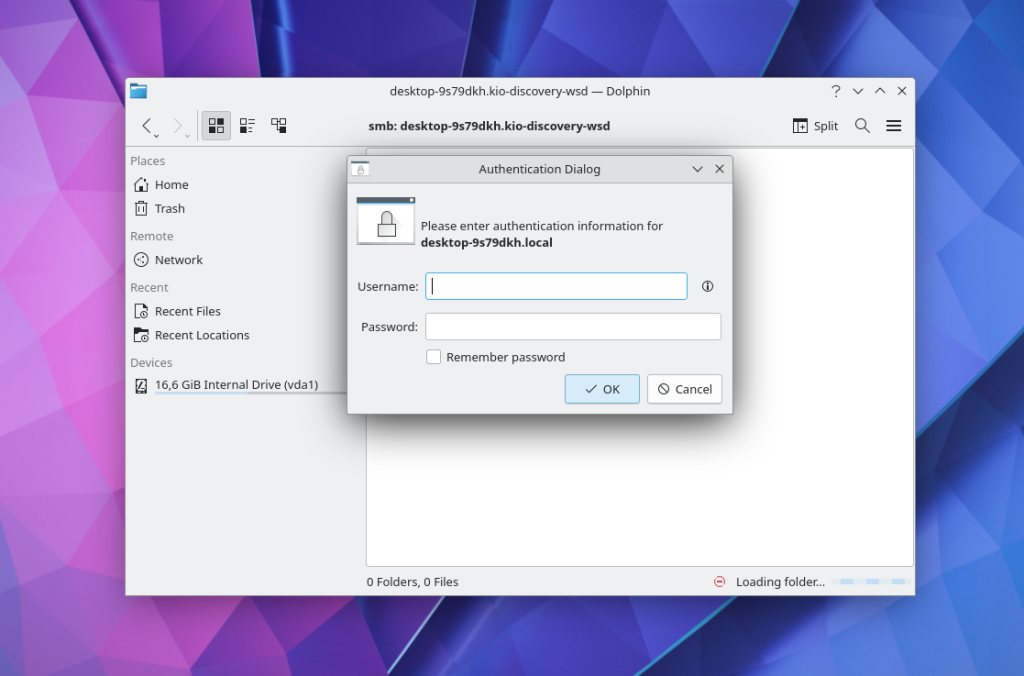
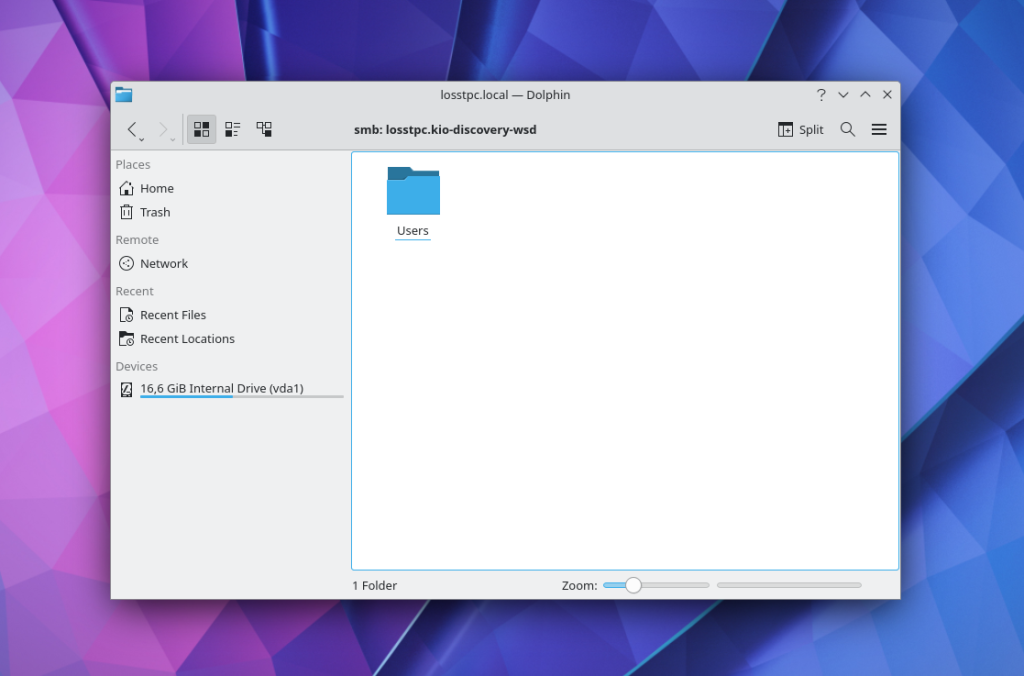
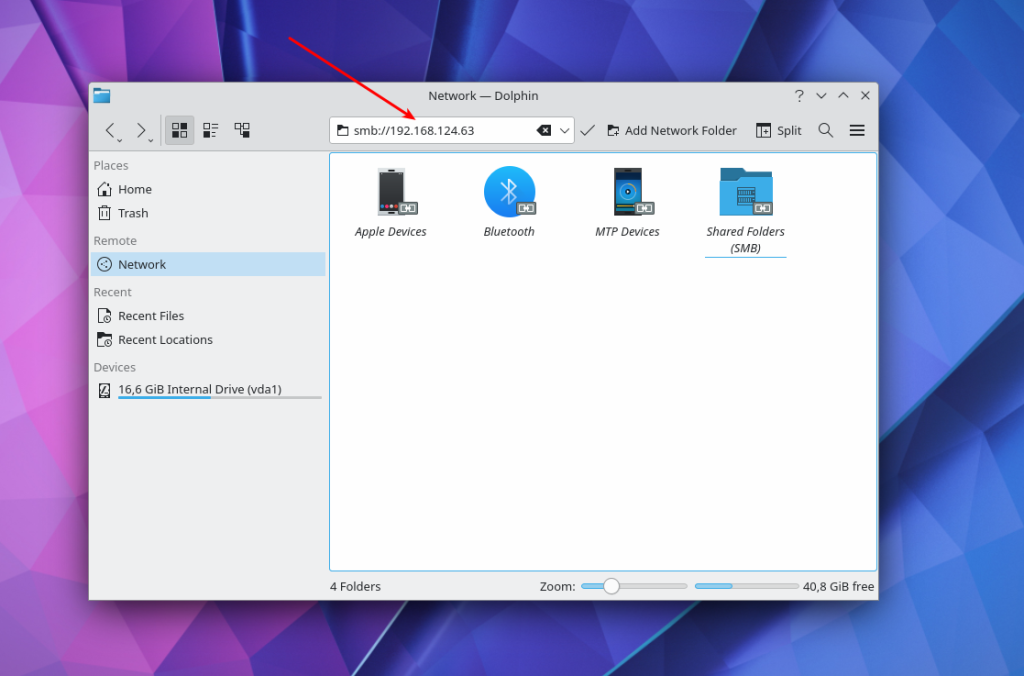

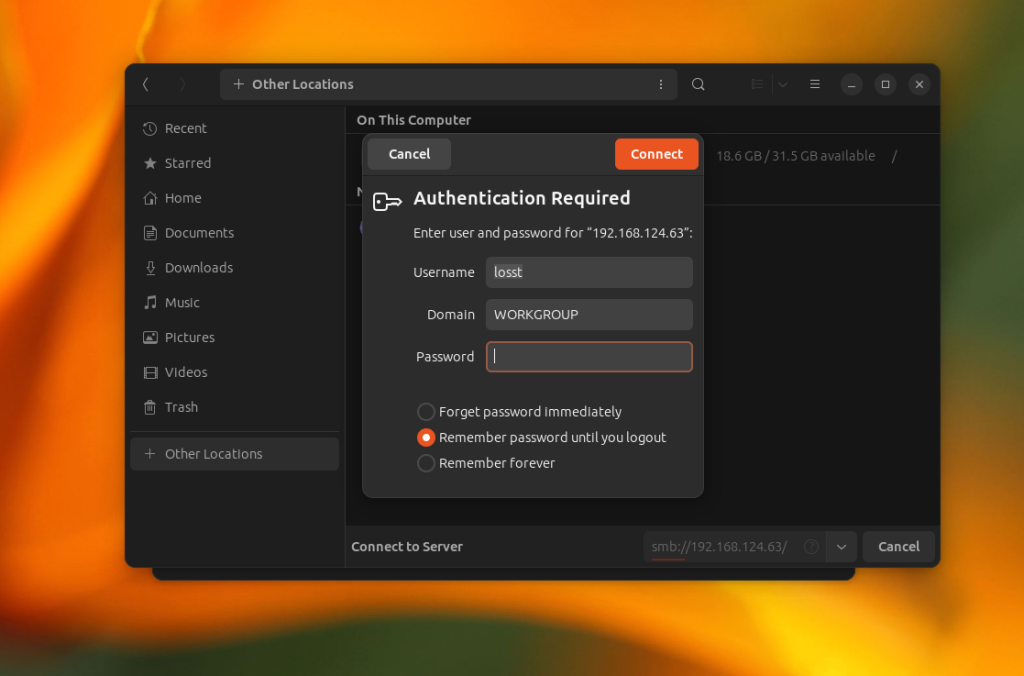
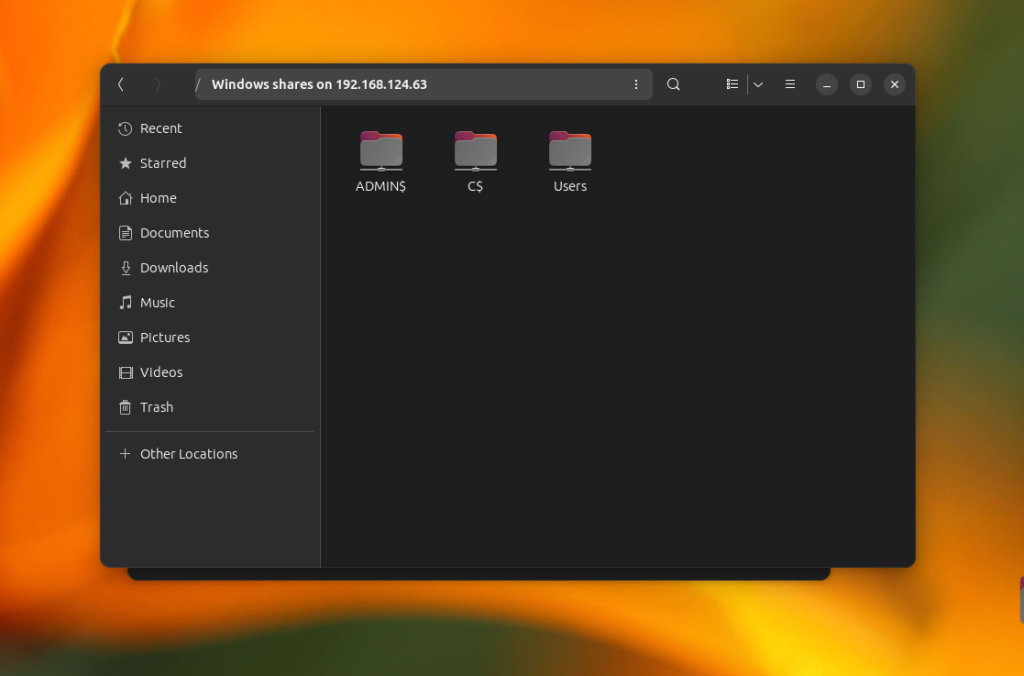

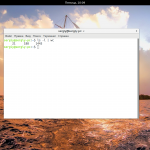

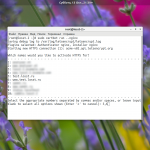
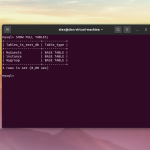
Мой любимый способ был в файло-менеджере Caja (который штатный в оболочке Mate) -> File -> Connect to server.. -> Type -> Windows share, правда постоянно проблема была верно внести в формы окошка путь к шаре в правильном формате (вечно забывал со слэшем/без слэша/с двойным слэшем -- https://postimg.su/image/k7gw5uuZ/Screenshot_20251003_221201.png ). Благодаря статье узнал что в Наутилусе Гномчика есть ещё более кошерный способ (однострочник с smb://..), теперь буду пожалуй пользоваться им, спасибо